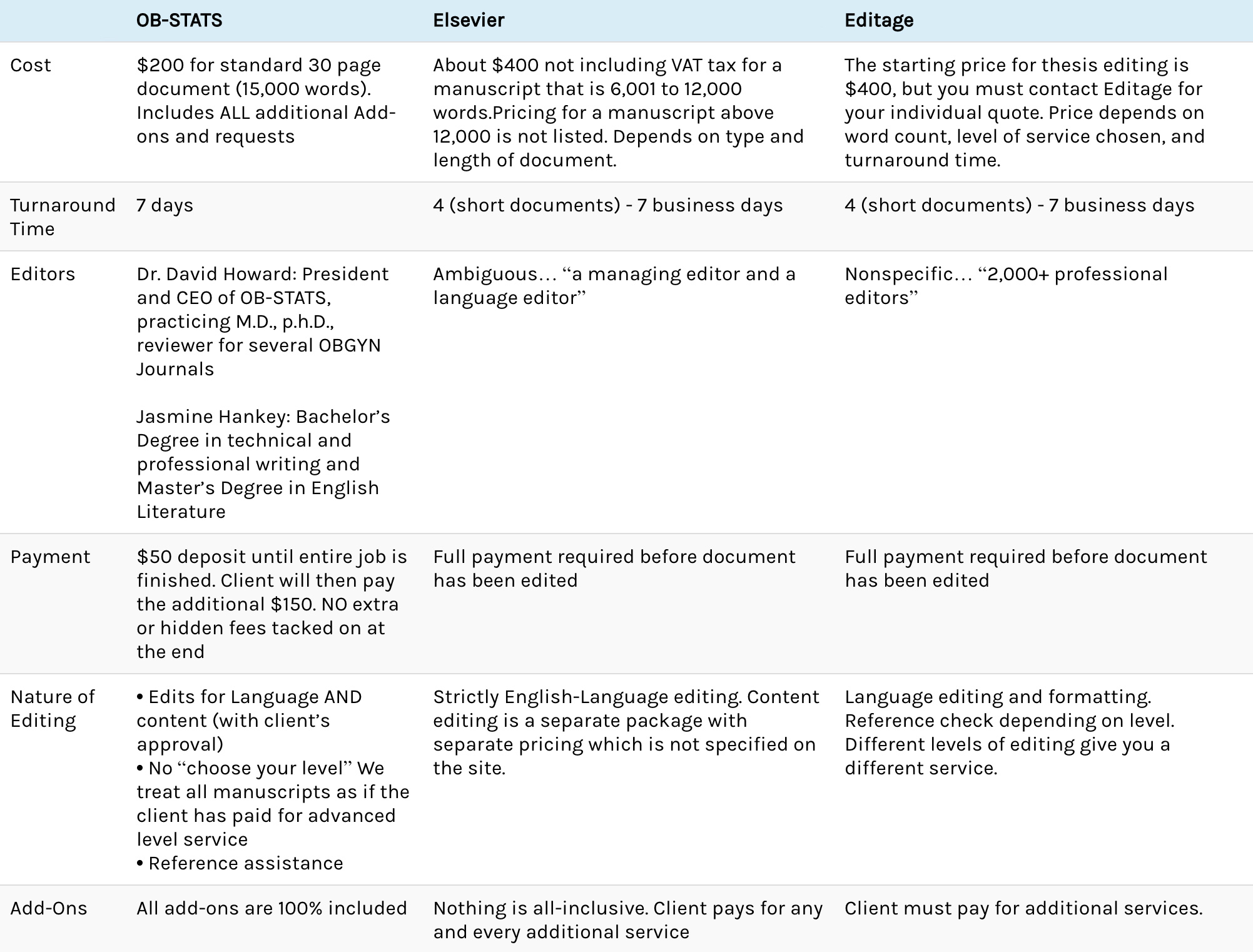Continuing Medical Education After Formal Training
After a physician completes four years of medical school and several years of residency, the rest of his or her career relies heavily on pursuing continuing medical education (CME). The same goes for other health professionals who have completed their formal training. CME allows physicians to maintain, develop, or increase their knowledge, skills, and performance in their practice. CME allows practitioners a support system that helps them keep up with the fields in which they practice. Making it through school and training doesn’t mean that you know everything there is to know about your profession. Our ever-evolving world (especially in terms of technology) means that we have to keep pace with new discoveries. CME not only helps health professionals perform at their best, but it also enables them to meet licensure and certification requirements that are necessary for practice.
 Accreditation Council for Continuing Medical Education
Accreditation Council for Continuing Medical Education
Continuing Medical Education has undergone huge changes in the past few decades. Today, every state in the U.S. requires some sort of continuing medical education for health professionals. To earn credit that applies to CME requirements, choose an activity that has been accredited by the Accreditation Council for Continuing Medical Education (ACCME). The council “sets the standards for education that accelerates learning, change, and growth in healthcare.” The ACCME awards accreditation through a process that takes several months, so you know that content is of high quality and thoroughly reviewed.
Earning Category 1 or Category 2 CME Credit
The American Medical Association (AMA) and the American Osteopathic Association (AOA) award CME credit to practitioners as either category 1 credit or category 2 credit.
![]()
Category 1 Credit
A practitioner must participate in an activity or course that is accredited by the Accreditation Council for Continuing Education in order to receive category 1 credit. The “Category 1” label will verify to various licensing, credentialing and professional organizations that you have participated in the necessary CME activity. The American Medical Association (AMA) has resources and tools available that will document and keep track of the category 1 credit you’ve earned.
Category 2 Credit
Activities that are not certified for category 1 credit will be awarded as category 2 credit. The practitioner must self-document and self-claim the activity for category 2 credit. Category 2 credit is earned through independent and voluntary activities.
Before purchasing or registering for a CME course or activity, be sure to check the AMA credit designation statement to check whether you are receiving category 1 or category 2 credit upon completion. You may not apply credits earned in one category to the other category- they are mutually exclusive.
Forms of CME Content
The impressive part of CME content is the range of formats in which the content or activity is offered- online courses, conferences, workshops, lectures, books, seminars, and even cruises. Since time is often a constraint, online CME courses are popular among practitioners because they can be completed at one’s leisure. Check with your employer to see what resources they are willing to provide to you in order to fulfill your requirements. Many times, your employer will cover the costs as well as provide you with additional time.
CME Requirements By State
Continuing medical education requirements vary quite drastically by state, so we suggest referring to board vitals to see what is required in your practicing state. Any additional state-specific questions or concerns should be addressed by your state’s medical board.
![]()
Additional CME Information
Ideally, CME isn’t used for medical practitioners to “just get by” with the minimum requirements needed to maintain licensure and certification. Practitioners should search for content that benefits them in their practice, and thus their patients. Be sure to remain current with your CME requirements in order to remain in practice and to avoid any unnecessary frustration. Remember, if you’re a health professional whose job required a certification or license, you’ll most likely need to earn CME credit yearly. The importance of ensuring that the public is receiving quality services cannot be underestimated. If you’re looking for more information, the American Medical Association Frequently Asked Questions Page may be a good resource for you.
Register for “How To Do A Research Project” by OB-STATS
Because most trainees and practitioners will need to conduct clinical research projects at some point, a course on how to do a research project will be beneficial. The OB-STATS course titled “How To Do A Research Project” will provide 2 AMA PRA Category 1 credits as well as the skills and knowledge required to conduct clinical research. The course is $35.00 and can be purchased here.
 Accreditation Council for Continuing Medical Education
Accreditation Council for Continuing Medical Education